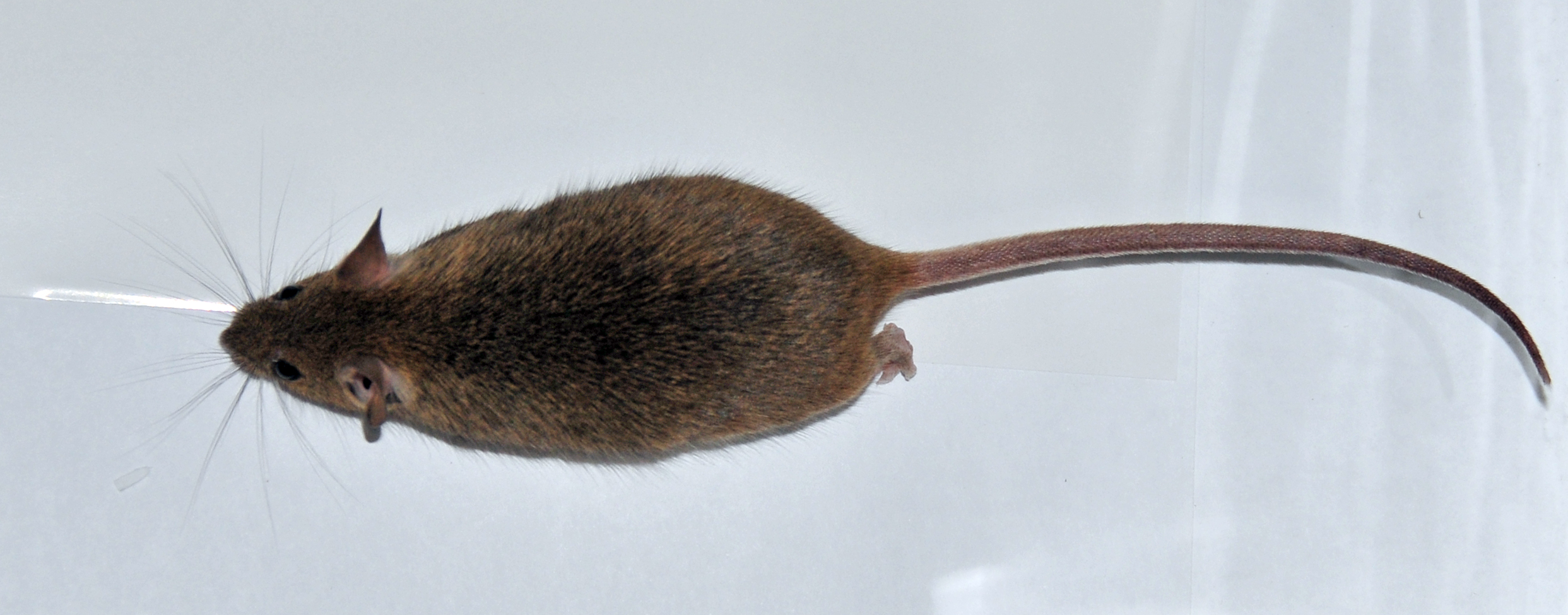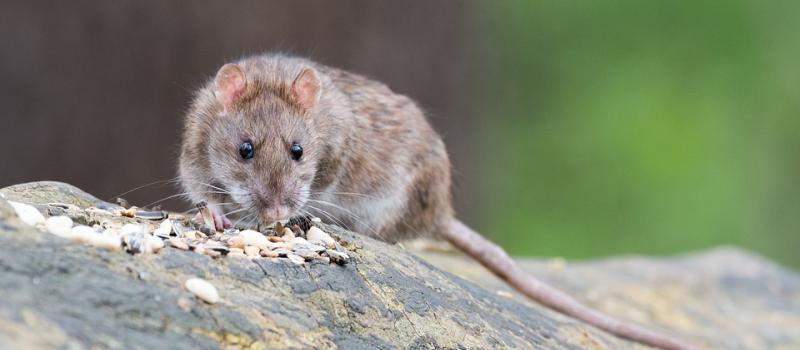
Rats and mice live around human surroundings as they find food and shelter. They multiply at a fast pace and contaminate food, damage property and other valuable materials. Mice and Rats have been responsible for some of the most devastating disease outbreaks of all time. More than 10 million people have died from rodent borne disease. Rats and mice are known to carry and or spread about 55 different diseases. Lyme disease, Typhus, Plague leptospirosis, rat bite fever etc are just a few. The deer mouse has recently been implicated in the outbreak of hanta-virus, a rare but highly fatal disease. Commonly found rats in india are house mouse, Brown rat(Norway rat) roof rat (Blaack Rat) and Indian Bandicoot rat.

Lifecycle
IMPACT
These rats are known for the damage they cause by chewing on materials, urinating on food and eating stored foods. They have also been known to chew on wires, which can cause fires to start. They also carry disease and ectoparasites. Rats will also attack both animals and humans. Human babies and even adults have been killed in rat attacks
PREVENTION

The Norway rat is also called a "sewer rat". Norway rats tend to be larger and more aggressive to animals, humans and each other than Roof rats.
Common Name: Norway Rat, Size: 10" to 12" long, Shape: Rat, Shape: Rat, Legs: 4, Wings: No, Antenna: No, Class: Mammalia, Order: Rodentia, Species: Rattus norvegicus, Family: Muridae Habits
DIET
Norway rats eat a wide variety of foods but mostly prefer cereal grains, meats, fish, nuts, and some fruits. HABITAT
When Norway rats invade buildings, they usually remain in the basement or ground floor. They also live in fields, farms, woodpiles and buildings. Their nests are usually lined with shredded paper or cloth.
lifecycle
IMPACT
These rats are known for the damage they cause by chewing on materials, urinating on food and eating stored foods. They have also been known to chew on wires, which can cause fires to start. They also carry disease and ectoparasites. Rats will also attack both animals and humans. Human babies and even adults have been killed in rat attacks.
PREVENTION

Roof Rats are excellent climbers and get their name because they usually live high off the ground, like on the roof of a building. They have very poor vision and are color blind, but they have extremely strong senses of hearing, smell, touch and taste. Rats have four to six litters a year and each litter has 6 to 12 babies in it. These rats are only pregnant for about 21 to 23 days and they can start reproducing when they are three months old. Common Name: Roof Rat, Size: 16" nose to tail, Shape: Rat, Color: Black, Legs: 4, Wings: No, Antenna: No, Class: Mammalia, Order: Rodentia, Species: Rattus rattus, Family: Muridae
Lifecycle
DIET
Roof Rats prefer eating fruits, berries, vegetables, cereal, pet food, nuts, grain, slugs, snails and rotten food.
HABITAT
Roof Rats are excellent climbers and they usually live in spaces on the tops of buildings, on roofs or in attics. They also live in sheds, garages, boxes, ceilings, under floors, in wood heaps and in thick grass. Habits
IMPACT
Roof rats cause damage to structures by chewing, eating stored foods and carrying diseases, such as Hantavirus. They are most famous for spreading the highly contagious bubonic plague in the Middle Ages. Rats will also attack both animals and humans. Human babies and even adults have been killed in rat attacks.
PREVENTION

Lifecycle
IMPACT
These rats are known for the damage they cause by chewing on materials, urinating on food and eating stored foods. They have also been known to chew on wires, which can cause fires to start. They also carry disease and ectoparasites. Rats will also attack both animals and humans. Human babies and even adults have been killed in rat attacks.
PREVENTION
Residential Customers
Corporate Clients
Team Members
Quality Certifications